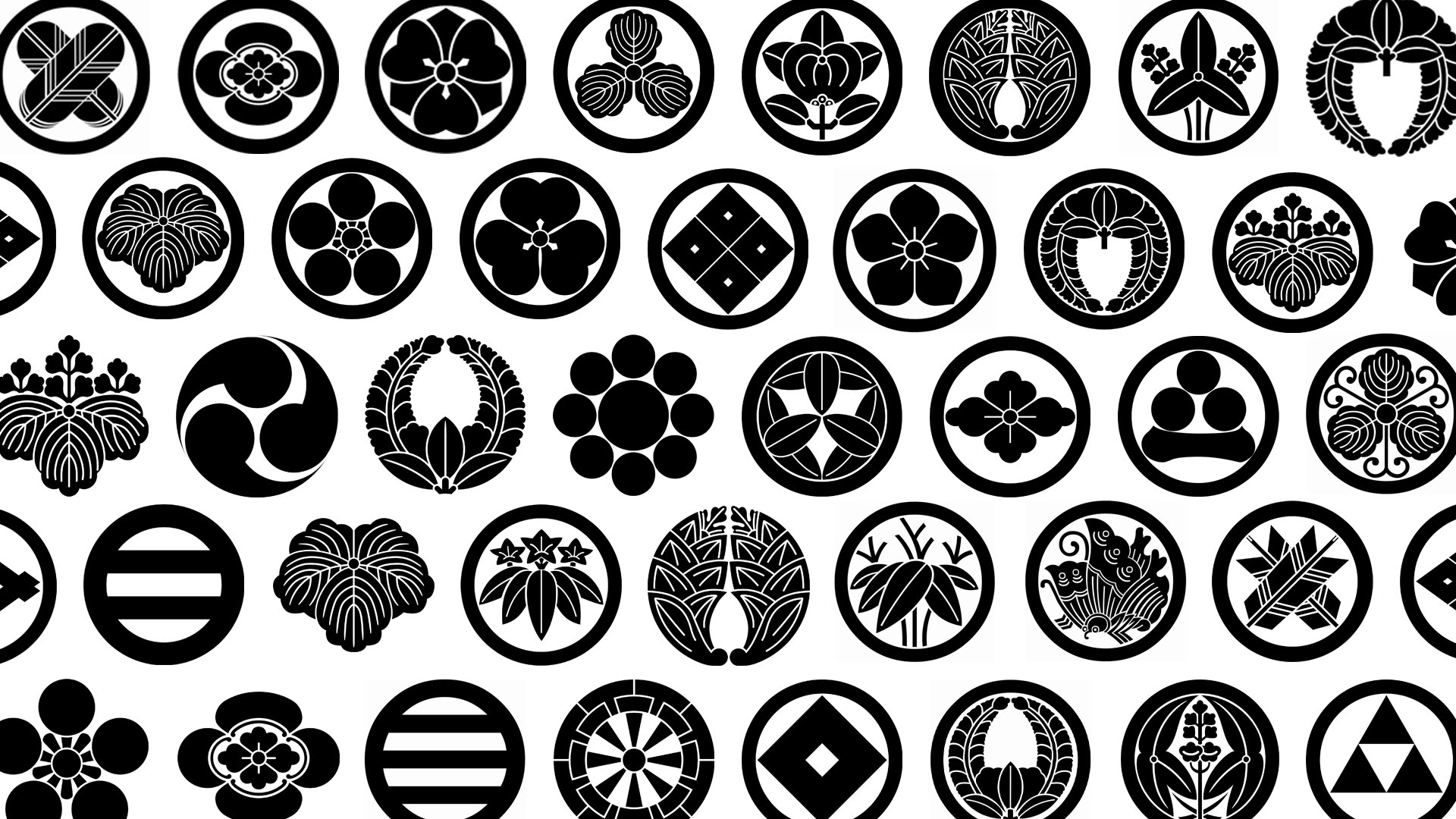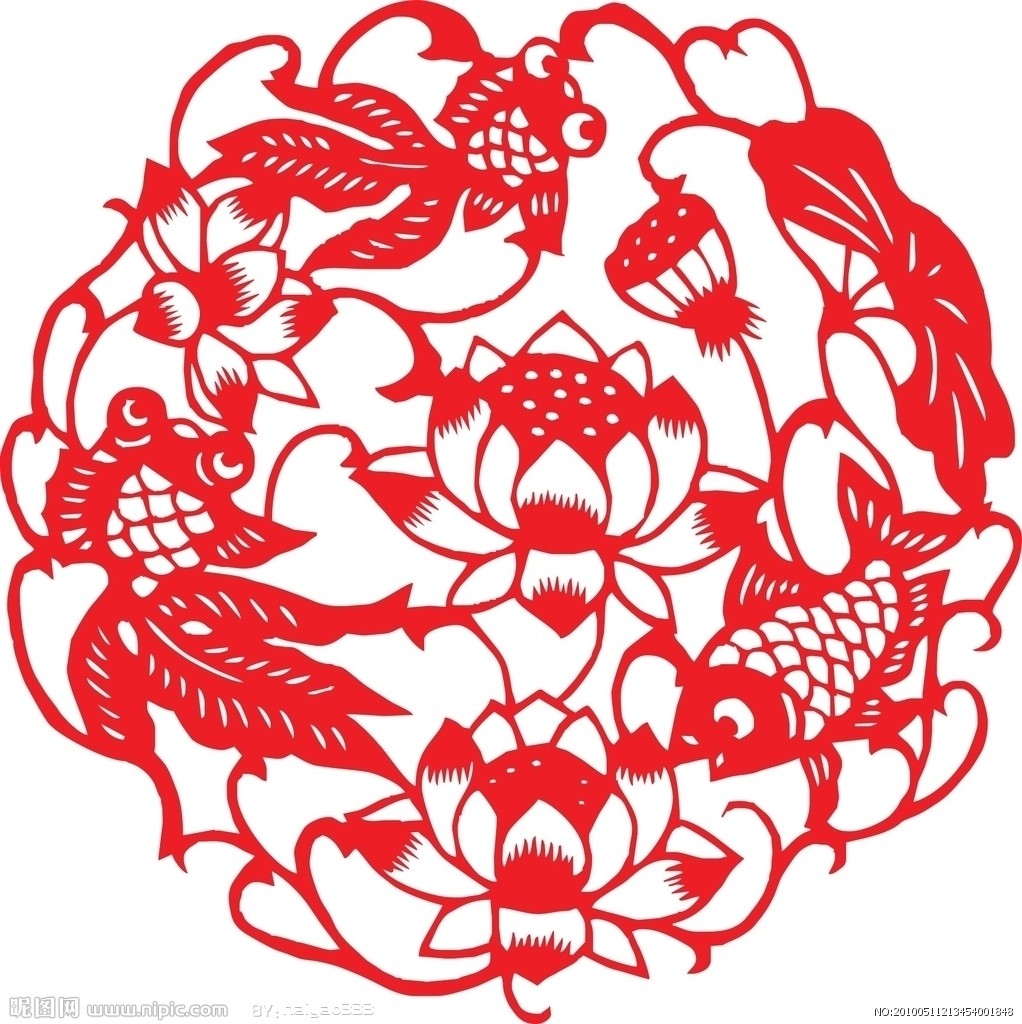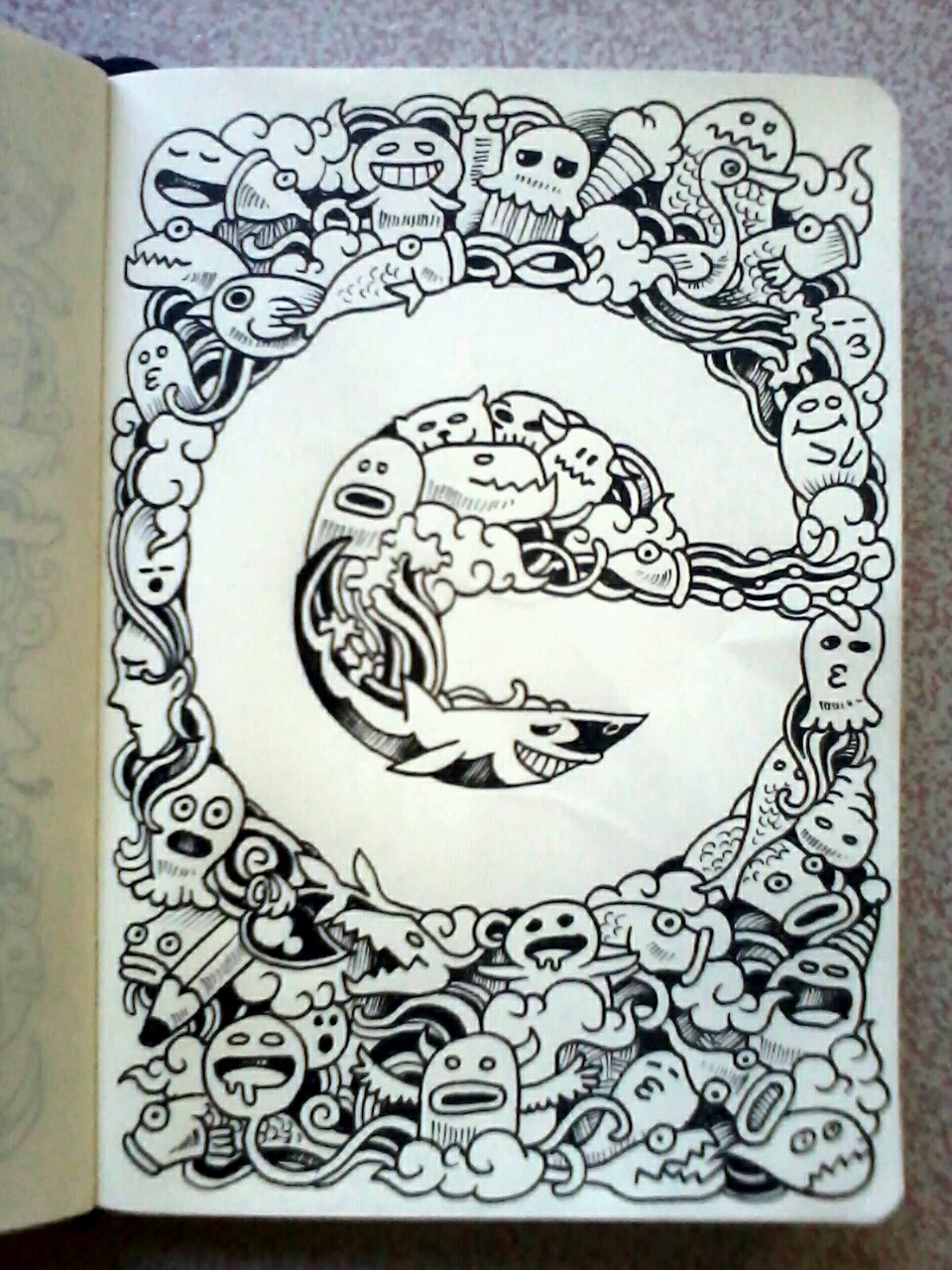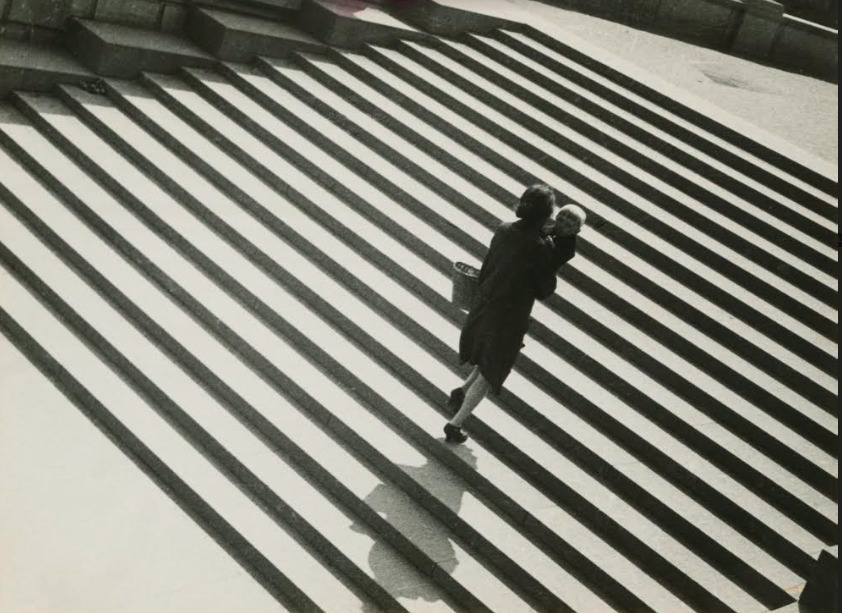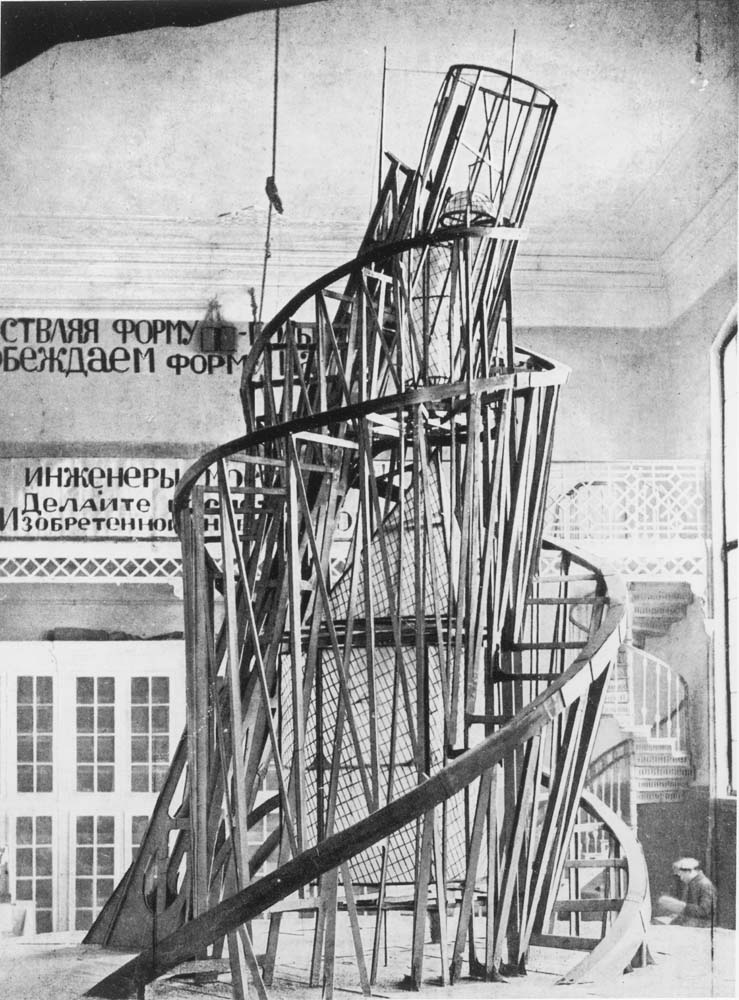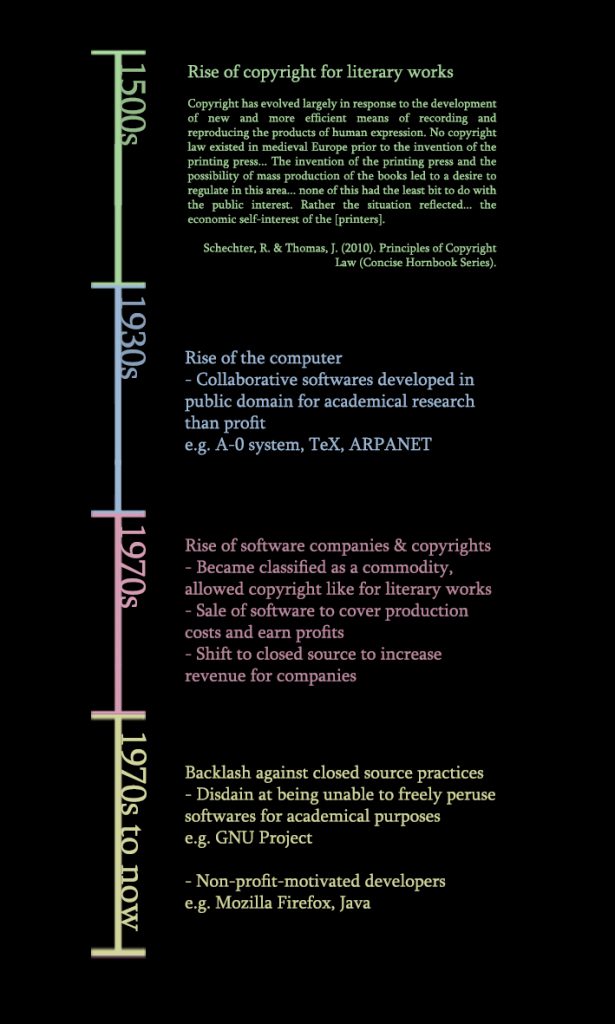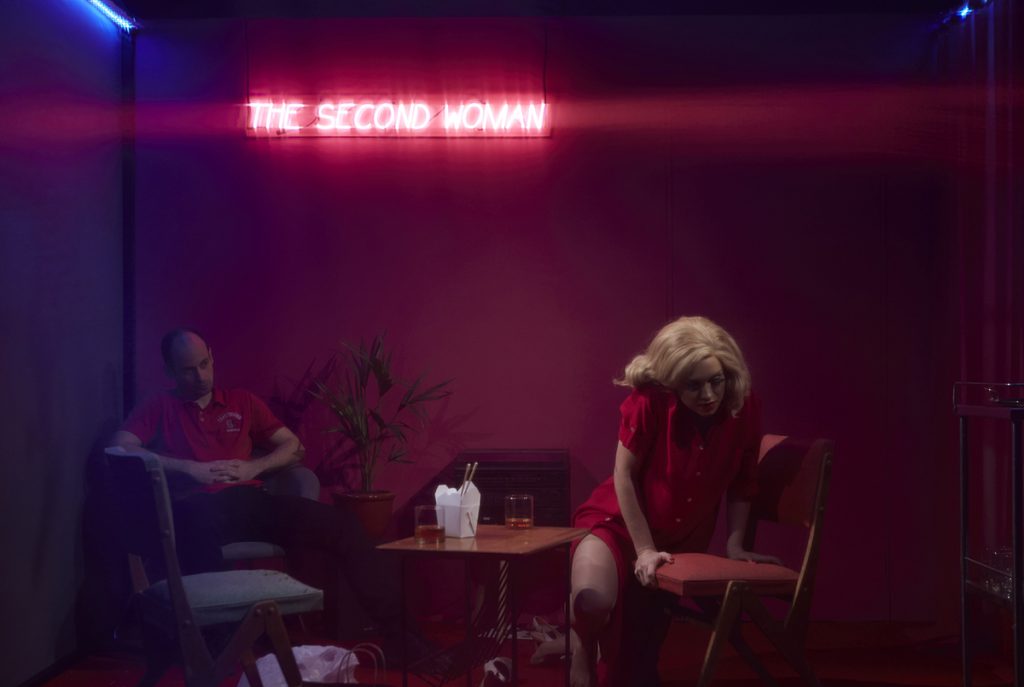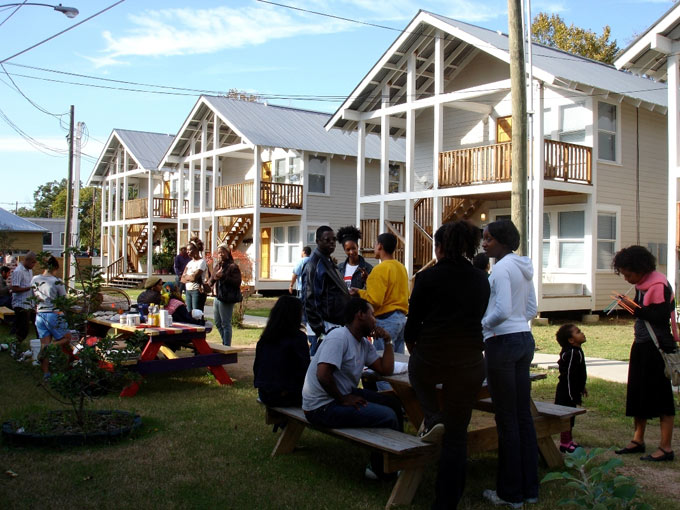To understand Grand Theft Avatar, we must first understand its medium, the online 3D virtual world, Second Life. While it has a virtual currency, it is technically not a game in that there “is no manufactured conflict, no set objective” (Catherine Smith). It is, however, similar to what we know as sandbox games, and massive multiplayer online role-playing games (MMORPGs). As one of the oldest online multi-user virtual worlds, it became popular as a non-traditional medium for arts exploration.
An example of Second Life as a medium. Chouchou, a Japanese music group, builds custom maps where they perform their music live. This allows them to imagine and create their own stage, than having to pay a substantial amount to find a real place which may not suit them entirely. Additionally, it lets their music reach a wider audience.
Grand Theft Avatar, as presented by Second Front, hence shows a (now) common scene among any sort of multiplayer virtual world with enough freedom to mess around: that of freely doing what they wish, simply because there are no limitations in a virtual world. In this specific case, the performance group performs identity theft, “liberates” currency (through what is essentially a robbery), and escapes by flying on h-bombs.
The artwork in question. A classic case of people collaborating online to enact the random, for no reason other than that they can. This, in a sense, shows the innate desire within humans to live freely, where we are obligated to abide by society’s rules in reality, but not so in a virtual world.
This would be absolutely illogical and illegal in physical reality, but shows the simultaneous virtual reality of what is coined as the third space: a “fluid matrix of potentiality and realisable connections to the most far-reaching remoteness” (Randall Packer, 2014). Anything can happen, simply because the virtual world does not have the limitations of the real world, such as physics or law enforcement. Anything can happen, even the eponymous theft, or even creation, of a completely different avatar. Anything can happen, even across nations, as implied by Second Front’s team, which comprises of members from Scotland to Canada: it is not impossible to perform together even while apart.
Some other fun videos in the same vein:
Roblox: The Dark Truth about a Pizza Place
Roblox is a game creation platform, where assets are freely provided to users who can opt to find user-made games to play, or try their hand at making their own game. This clip shows… A rather quirky roleplay between strangers.
Garry’s Mod is similar to Roblox: however, it has a “base area” which is purely a sandbox, where people can interact freely without any sort of objective. Like Grand Theft Avatar, they can even come up with their own “stories” if so desired… Or just screw everything up.
Grand Theft Auto, a classic game to mess around with, exacerbated by that you ARE supposed to be playing as a criminal. GTAuto and GTAvatar certainly have similar names for reasons: the lawless freedom of doing whatever you want, and absolute insanity of it all at the very end.
(Featured image from here.)

